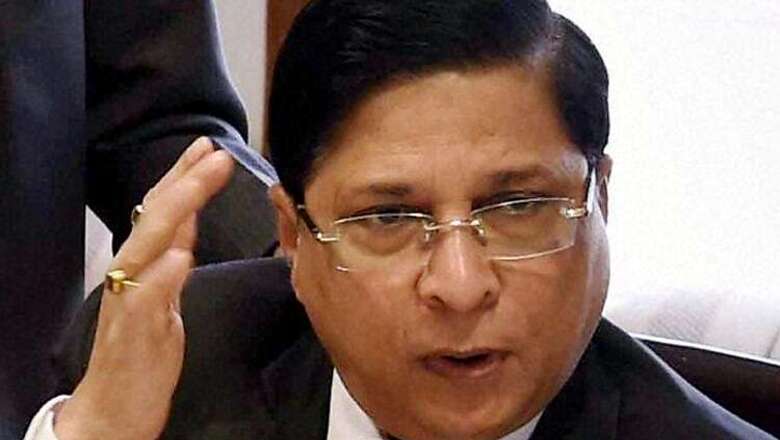
views
New Delhi: Last week, when Chief Justice of India J S Khehar sent his recommendation naming Justice Dipak Misra as his successor, one thing became crystal clear. Justice Khehar had passed the baton to the next CJI for filling up not just the existing four vacancies in the Supreme Court but also six others that will arise during the latter’s term at the helm.
What has been consigned to Justice Misra is an opportunity that did not come up for many of his predecessors; an opportunity which may change the face of the highest judiciary in the country as he gets the responsibility to appoint as many as 10 judges during his stint.
The convention in the Supreme Court has been that after a CJI names his successor, the existing Collegium headed by him does not make any fresh recommendation for appointment in the apex court or in the high courts.
Therefore, when Justice Khehar named Justice Misra, it also signified that he has left it to his successor for making one of the highest appointments in the recent past.
Out of the sanctioned strength of 31 judges in the Supreme Court, four vacancies exist as on today. Two more judges — Justice Khehar and Justice P C Pant — will retire in 2017 after Justice Misra takes over as the 45th CJI on August 28.
Four more judges will retire before Justice Misra demits office on October 2, 2018. These four judges are: Justices J Chelameswar, R K Agrawal, Adarsh K Goel and Amitava Roy.
Hence, it will be for the new Collegium, headed by Justice Misra, to make recommendations to the government for appointment of these 10 judges.
After the last appointment of SC judges in February this year, the Collegium made no such recommendation while the government repeatedly pointed out that they were not to be blamed for vacancies in the top court if the names are not sent to them.
The government’s statement had come at a time when there was a protracted standoff between them and the judiciary over finalization of the Memorandum of Procedure (MoP). The MoP has to guide all future appointments after it being notified but the judiciary and the government have not been able to come to a meeting ground even after 20 months and sharing of three drafts between them.
Justice Misra will become the head of the judiciary when all eyes will be on him as he initiates the process for appointing judges in the SC. This will be a test for his dexterity to get sharp minds to the apex court amid demands to have judges for representing different regions of the country, and also more women on the bench. For more than a year now, there has been only one woman judge in the SC.
Besides, Justice Misra will have yet another challenge that the names he recommends are not stuck over the contentious MoP and in the usual bureaucratic loop, prompted by the government’s anxiety to get a substantial say in judicial appointments.

















Comments
0 comment